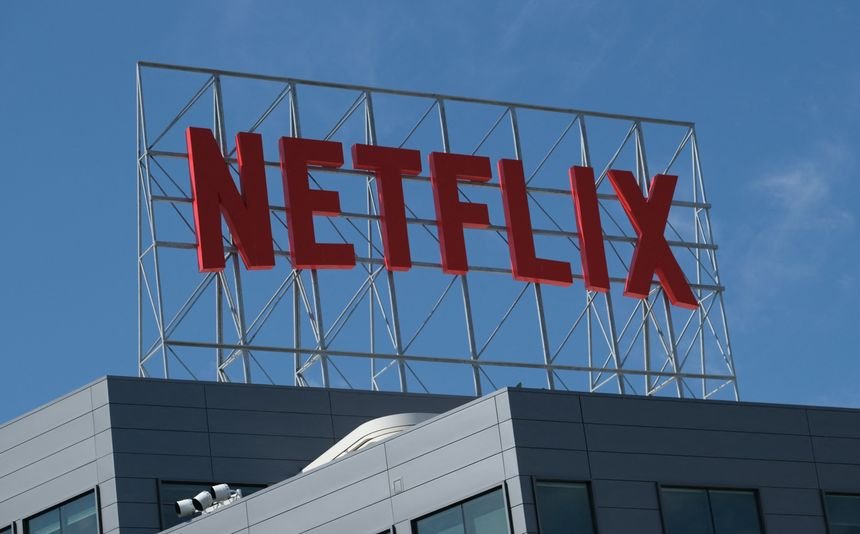Netflix (NFLX:NASDAQ) shares soared more than 6% in extended trading Tuesday after the company reported fewer subscriber losses than Wall Street expected. Netflix lost 920,000 subscribers last quarter, just over a million fewer than the 2 million the company had forecast. This marks the second consecutive quarter of subscriber losses for the streaming giant – the first in its history. However, the company estimates it would add 1 million new subscribers in the current quarter.
Netflix’s revenue came in lower than expected, growing 8.6% to about $8 billion while operating income fell 15%. Net profit was $1.44 billion, up 6.5% from $1.35 billion a year earlier. Netflix said foreign-exchange fluctuations weighed on revenue and profitability and projected that revenue growth would slow to 4.7% in the third quarter.
The silver lining in the earnings report came from the company’s drive to reinvigorate revenue growth — most of which won’t kick in until 2023. Netflix says it is working on launching a lower-price, ad-supported option for consumers, and it plans to crack down on password-sharing by charging households to share accounts.
The company announced its advertising-supported product will launch in the early part of 2023. That’s a delay from late 2022 when Netflix had hoped to debut the cheaper tier. Netflix confirmed that Microsoft (MSFT:NASDAQ) would supply the technology to facilitate the placement of video ads. The company wants to create an ad experience that is less disruptive than ads on traditional TV, but it hasn’t specified how many ads per hour of content the new service will feature or what format they might take.
Netflix also acknowledged it was contending with growing competition from rival streaming services, a saturated U.S. market, and rising inflation that observers say could crimp spending on entertainment. After years of breakneck growth fueled by international expansion, Netflix saw the pace of customer additions slow over the past two years as it faced competition from an array of new entrants, including Walt Disney Co.’s Disney+, Warner Bros. Discovery Inc.’s HBO Max, and Apple Inc.’s Apple TV+.
The industry’s competitive challenges are heightened by a tougher economic environment, which means consumers may pull back spending on discretionary items like streaming. The company’s chief executives, Reed Hastings and Ted Soranos, stressed the importance of generating hit shows and movies and aggressively marketing content likely to build buzz and draw in new customers. Netflix executives have said they need to release a hit nearly every month to keep subscribers engaged.
On password sharing, the bane in Netflix’s monetization, the company said it was working on monetizing the 100 million-plus households that are watching Netflix without directly paying for it. It said it launched two different approaches in Latin America to learn more. “Our goal is to find an easy-to-use paid sharing offering that we believe works for our members and our business that we can roll out in 2023,” the company said in its letter.
Overseas expansion remains a priority for the treating giant as it hopes to make inroads in other regions. Asia-Pacific remains the region with the highest growth rate, partially offsetting declines in North America which remains its biggest market.
Netflix added more than 1 million customers in the region in the second quarter, while it lost 1.3 million in the U.S. and Canada and 767,000 in Europe, the Middle East, and Africa. The company’s subscriber base remained stable in Latin America, where it ended the quarter with an additional 14,000 net new customers. Overall, Netflix had 220.7 million subscribers globally.

